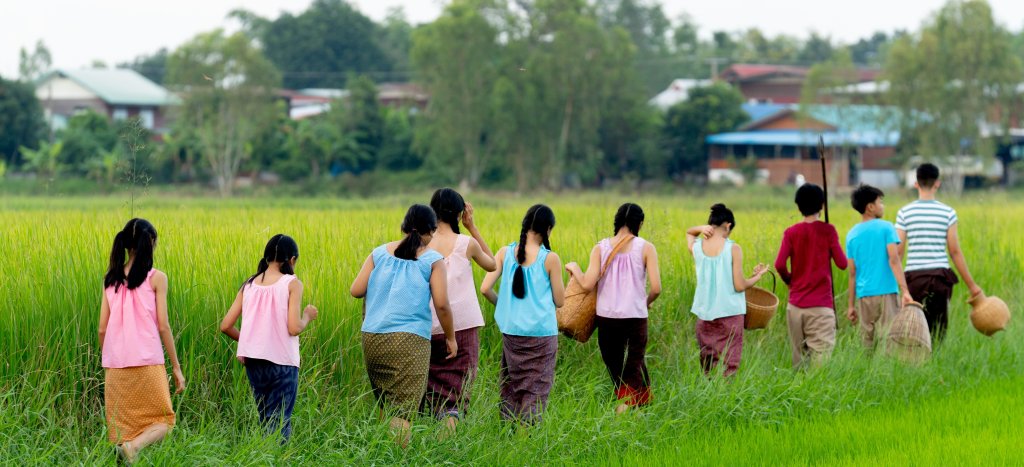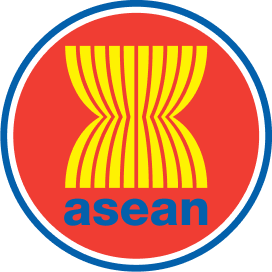
Overview
Given this understanding of identity as multiple and constructed, the question is how this affects people’s lives. Since individuals flourish when they are able to navigate multiple identities successfully, and they suffer when these identities are sources of marginalisation, it is necessary to understand individual life experiences by a simultaneous consideration of all the groups to which an individual belongs. This section highlights how diversity provides a richer inclusive framing than a standard norm-based approach to social development.
Policy Implications
A wider definition of the socio-psycho-biological model of disability can be an important way forward for policies to ensure the full inclusion and participation of persons with disabilities. As the demographic profile of ASEAN moves to a greater preponderance of older age groups in the population, there will be increasing unmet needs where the abilities of older individuals do not fit easily with their environments. The design and implementation of a more inclusive policy making process for older citizens would do well to consider policies that focus on bringing in the following features:








